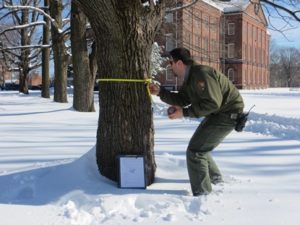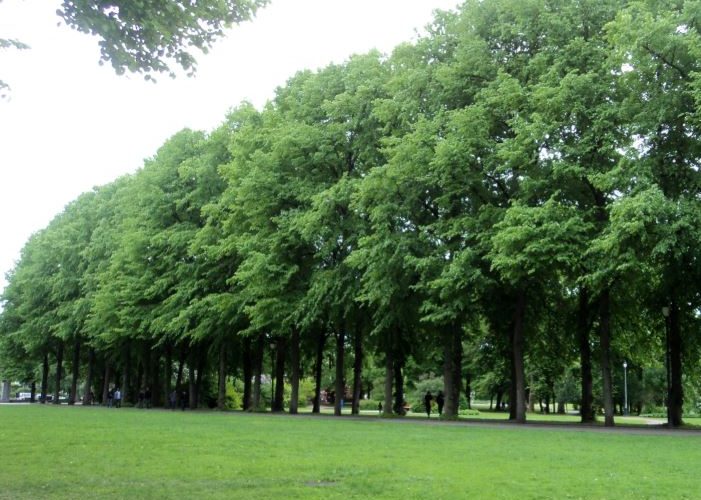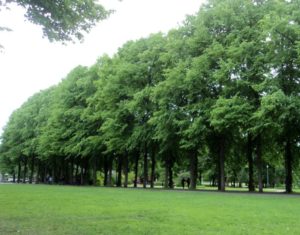 If you grow trees in your yard, you want them to be healthy throughout its life. They need proper tree care right from the start because it can affect its shape, strength, and even its lifespan.
If you grow trees in your yard, you want them to be healthy throughout its life. They need proper tree care right from the start because it can affect its shape, strength, and even its lifespan.
When it comes to proper tree care and maintenance, you need someone who has insider knowledge on all things trees. This is where you can depend on an arborist.
What is an arborist?
An arborist is a trained expert in the art and science of planting, caring, and maintaining individual trees. They are well equipped to do professional tree work. They are trained to identify tree problems and know exactly what every tree needs to grow healthy.
How do you hire an arborist?
It is important to hire a trained professional to evaluate your tree and provide the needed service to help your tree. When hiring an arborist, consider the following points:
- Look to hire a certified arborist. They are always up-to-date on the latest in tree care.
- Make sure they have proper licenses and insurance. The arborist license may vary from state to state and sometimes city to city.
- Make sure they use proper tools and equipment because safety is paramount.
- Make sure they know what they do. They should be knowledgeable on all things about trees and understands the safety aspects of pruning trees.
- Make sure that the person you are talking to is the one supervising the arborist who will service your tree or the arborist him/herself.
You want to make sure that you hire the right person to do the job for you because you do not want anything to go wrong during the tree work process. You can expect proper tree care and maintenance if you hire an arborist.

